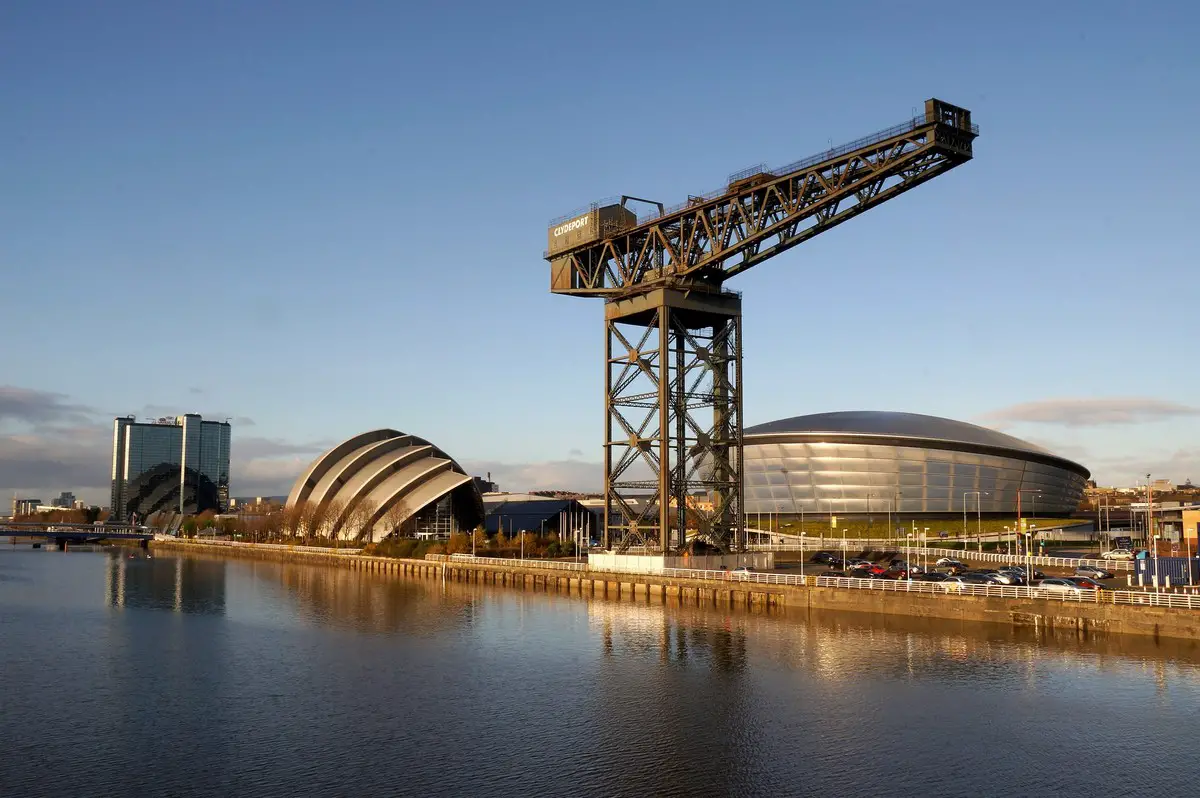Looking at Glasgow’s impact on modern architecture advice, Scottish buildings guide
Looking At Glasgow’s Impact On Modern Architecture
14 Dec 2021
Glasgow is full of examples of stunning architecture, from ancient medieval cathedrals to ultra-modern museums. From the city’s trendy Grosvenor Casino by the river to the iconic Clyde Auditorium, there’s no shortage of unique buildings around Glasgow.
This article will take you through everything you need to know about Glasgow’s modern architecture, from how it all began to some of the city’s most famous landmarks today.
The Glasgow Style
Much of Glasgow’s architecture falls under its own category – the Glasgow Style. This distinctive style of architecture falls under the Art Nouveau umbrella and can be found on many buildings around Glasgow and, to a much lesser extent, elsewhere.
Charles Rennie Mackintosh was the main pioneer of the Glasgow Style, although a huge number of other designers were also involved in the movement, which ran from the late 1800s to around 1914.
Modern Architecture in Glasgow
There’s no shortage of modern buildings in Glasgow – a sharp contrast to the city’s many medieval landmarks.
Perhaps one of the most unique examples of modern architecture in the city is the Riverside Museum, designed by Iraqi architect Zaha Hadid. The futuristic building takes inspiration from the city’s shipbuilding past, with the Tall Ship permanently anchored outside the Museum.
The Clyde Auditorium, known locally as ‘the Armadillo’, is another outstanding example of unique, modern architecture in Glasgow. Designed by Norman Foster in the late 1990s, the building is also inspired by the city’s historical importance in shipbuilding. The curves of the ‘Armadillo’ are based on a ship’s hull, although many often compare it to Sydney’s famous Opera House.
This isn’t the only iconic piece of Glasgow architecture designed by Foster. The Hydro, completed in 2013, was also Foster’s brainchild. The venue fast became one of the busiest in Scotland, hosting a range of events from televised debates to UFC battles. In fact, the Hydro generally sells a similar number of tickets per year as the iconic Madison Square Garden in New York City.
Charles Rennie Mackintosh
Charles Rennie Mackintosh is without a doubt the most famous architect who worked on Glasgow’s buildings. His influence can be seen everywhere, from the renowned Glasgow School of Art, which we’ll discuss in more detail below, to the city’s iconic Willow Tearooms. The Tearoom is still trading today, over 100 years after its construction.
As mentioned above, Mackintosh was responsible for creating Glasgow Style, along with three other significant names in architecture and design – Margaret MacDonald, Frances MacDonald, and Herbert MacNair.
Mackintosh’s first commission was the now-iconic Lighthouse. Visitors to the city today can still climb the dizzying spiral staircase, pictured above, and enjoy unbeatable views of Glasgow from the observation deck at the top.
Glasgow School of Art
Glasgow’s School of Art, designed by Rennie Mackintosh, was first opened around the turn of the 19th century. However, the building was widely disliked when it was first unveiled to the public, particularly compared to the Kelvingrove Museum and Art Gallery, which was under construction around the same time.
Eventually, though, the Art School grew in popularity over the years, with many now regarding it as an architectural masterpiece. The building’s characteristic lack of symmetry and iron-framed windows may not have been to everyone’s tastes, however, the Mackintosh Library inside the school was considered by many to be one of the most visually stunning rooms in the UK.
The library was tragically damaged in a fire in 2014, as were other parts of the historic building. Catastrophe struck again just four years later in 2018, with another blaze further damaging many of the flammable materials inside the building. Thankfully, the structure was later restored to its former glory, with materials true to the original period used in the reconstruction.
Glasgow’s Influences Around Scotland
Whilst Charles Rennie Mackintosh’s work can mainly be seen in Glasgow, his influence spread further around Scotland, and indeed the rest of the UK. For example, Mackintosh was commissioned to remodel 78 Derngate, a Georgian home in Northampton, England. The finished result is perhaps the first Art Deco-style building in Britain.
Mackintosh also worked on a house known as Windy Hill along with his wife, with whom he later again partnered on his Hill House project. Hill House, Helensburgh, is now a visitor attraction, whereas Windy Hill, Kilmacolm, remains a private home.
Glasgow Style proved to be an inspiration for many architects in other parts of the country, too. The more recent Clyde Auditorium could be seen as an inspiration for Scotland’s Parliament building in Edinburgh – both are inspired by ships.
Comments on this Looking At Glasgow’s Impact On Modern Architecture guide article are welcome.
Glasgow Building Designs
Glasgow Architecture Designs – architectural selection below:
50 Bothwell Street Office Redevelopment
Comments / photos for Looking At Glasgow’s Impact On Modern Architecture Guide page welcome.





